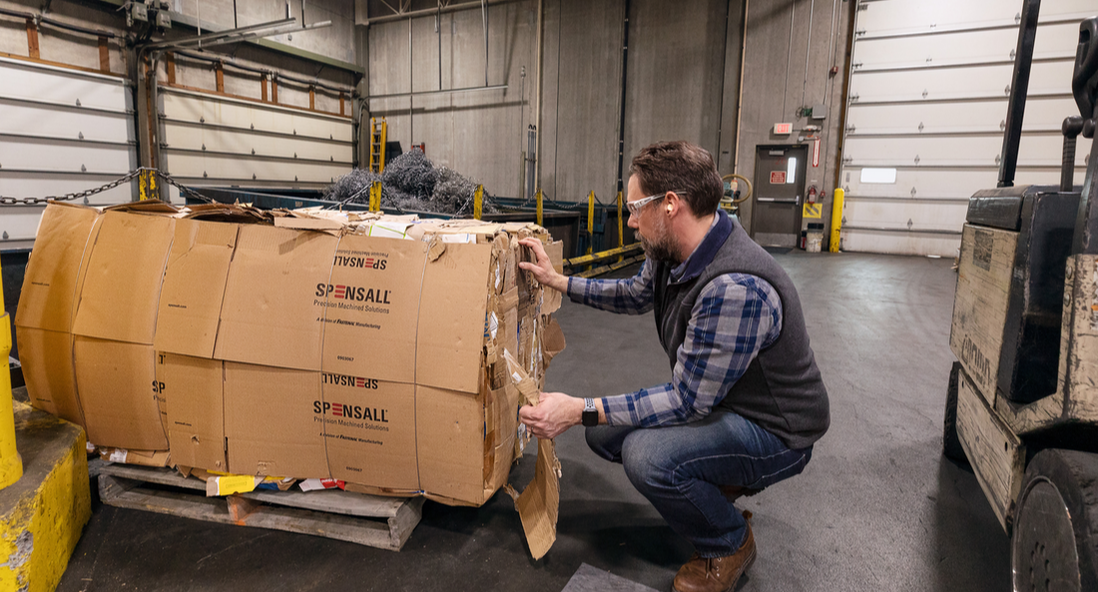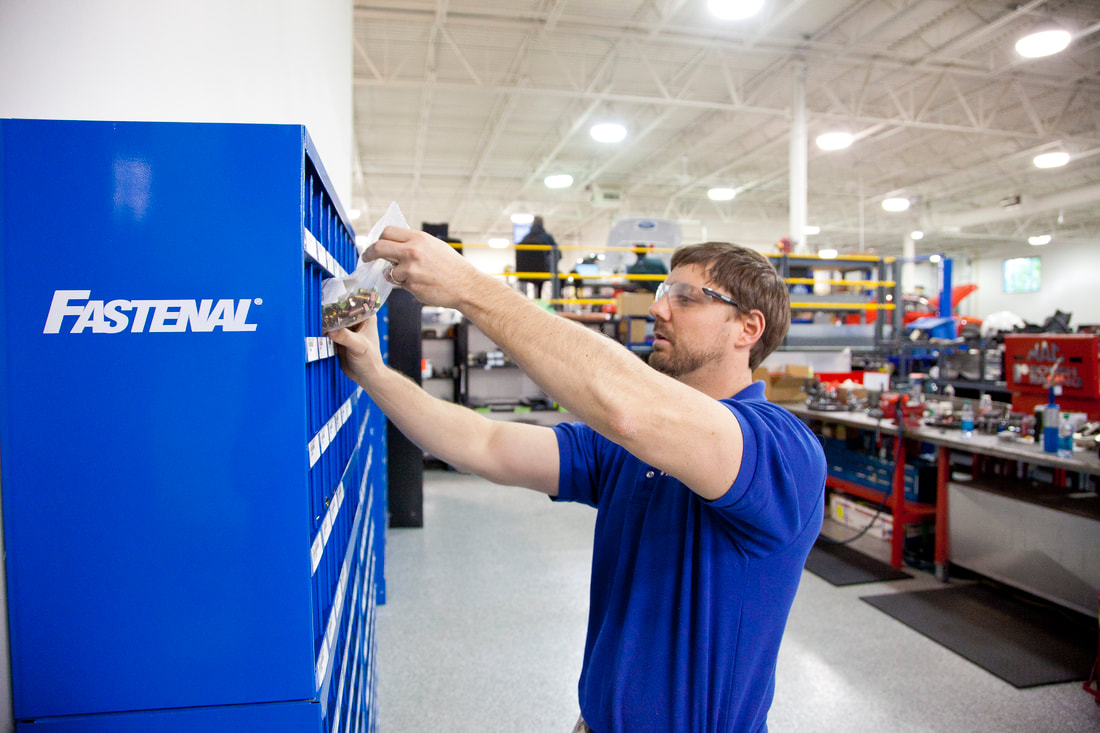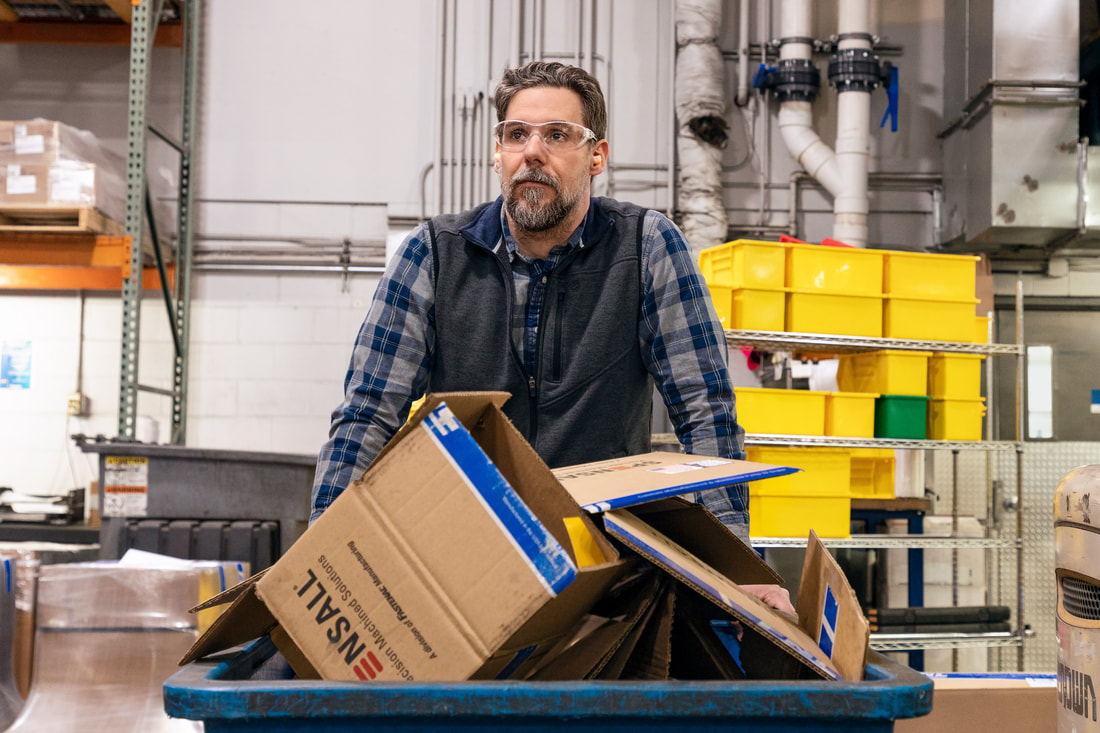Lean and green: Three ways to make your supply chain more sustainable
August 14, 2023
By Amanda Winstead | Full list of stories
By Amanda Winstead | Full list of stories
|
Industrial manufacturing gets a bad rap for contributing negatively to the environment. After all, industrial activities account for 23% of greenhouse gas emissions — not including the electricity and transportation required in supply chain activities. The pressure of corporate responsibility can be daunting in an industry such as construction manufacturing. However, it’s within reach to make your supply chain more sustainable than ever.
What is a Lean and green supply chain?First, it’s important to understand what a sustainable supply chain looks like. Supply chains, in essence, involve the entire network of suppliers and companies that make the production and delivery of a product or service possible. With this many touchpoints, there are several aspects to its sustainability.
To be leaner and greener, companies must reduce their negative impact on the environment throughout the entire lifecycle. Here are some key environmentally friendly practices for supply chains.
All of these practices sound useful, in theory. Many large corporations are pledging to boost sustainability efforts, especially in the wake of the 2020 pandemic. The shortages and delays in supply chains across the globe hurt the economy, and this shed light on some of the issues manufacturers need to address. However, it’s not as simple as signing a climate change pledge. Why you should careResiliency in construction supply chains means sticking to timelines and optimizing material flow. This depends heavily on suppliers and how they are managing their materials and shipments. Of course, quicker turnaround doesn’t always equate to a lower impact on the environment. True resiliency includes optimizing supply chain efficiency while reducing environmental degradation as much as possible.
Building a resilient, sustainable supply chain offers your organization several positives.
Once you have a clearer picture of what’s going on in your supply chain, you can optimize for efficiency while benefitting the environment. Consumers value supply chain transparency, as well. Communicating your green efforts to your audience in a genuine way will build brand loyalty and increase sales. Use these three steps to make your supply chain more sustainable and reap the benefits. 1. Tap into local sourcingTo pinpoint where your supply chain can make improvements, first assess your current state. Take a look at your standard operating procedures (SOPs) to spot places for improvement. Sustainable SOPs are ever-evolving, implementing ways to cut costs or lower impact. A large chunk of your SOPs will likely involve sourcing.
Take a holistic look at your suppliers. Identify the environmental impacts of their entire lifecycle that are contributing to your overall sustainability. Look into aspects such as these.
Essentially, any standards that you hold yourself to should also extend to your suppliers. Sometimes, this means making a switch to a local supplier. Evaluate their sourcing practices. These should be transparent if you are looking to develop an equally beneficial partnership. Local suppliers will allow you to keep a closer eye on supplier practices. Keeping business local will help your community by boosting the local economy. Working with local suppliers that are environmentally conscious can also help you cut down on transportation emissions due to the closer proximity. 2. Strive for reduced vehicle emissionsAs mentioned, supply chain transportation releases a mass amount of carbon emissions into the atmosphere. While there have been steps to reduce these emissions, they have only been reduced by 6% for 16 years, from 2005 to 2021.
Green supply chains in the automotive industry have started taking a closer look at their environmental contributions and adding to this reduction. To follow suit, make sure the transportation services you are using are dedicated to sustainability. There are many ways to do this depending on your level of involvement in the transportation process. Regardless of whether or not you have full control of transportation methods, there are different options available.
3. Implement reusable and recycled packagingOptimizing your packaging helps reduce environmental harm and cuts down on costs. Implementing greener packaging in a supply chain requires a systematic approach and collaboration across all levels of the industry. Firstly, conduct a comprehensive assessment of current packaging practices. This is essential to identify areas for improvement, such as single-use plastic packaging on products from a particular supplier.
Next, you can set clear sustainability goals with measurable targets, focusing on reducing waste and incorporating reusable and recycled materials. Research and source eco-friendly packaging solutions from suppliers that align with your sustainability objectives. If you’re responsible for packaging design, optimize it to minimize material waste and improve transportation efficiency. This should also involve considering which materials can and cannot be recycled. For example, large paper materials can be recycled, but small materials such as shredded paper cannot. Factoring this into your decision may help you decide which packaging to pick. Here are some eco-friendly packaging options to consider.
Collaborate with stakeholders to ensure smooth integration and provide training to employees on handling and maintaining reusable packaging materials. Moving forwardThe potential to transform your supply chain into a leaner and greener model is real. Best of all, making the change can positively affect the environment while improving resilience and profitability. By embracing sustainable practices – tapping into local sourcing, striving for reduced vehicle emissions, implementing reusable and recycled packaging – you can make significant progress toward a more sustainable future and stronger supply chains.
Sustainable sourcing practices that extend to suppliers and partners can optimize efficiency and reduce environmental impact. As more and more teams take steps to adopt these greener practices, they not only build consumer trust and brand loyalty but also play a vital role in shaping a more sustainable and resilient supply chain for years to come. You may also like: Vertical Divider
|
Like what you're seeing here? Subscribe to the Blue Print for FREE and get the magazine sent right to your address.
|








